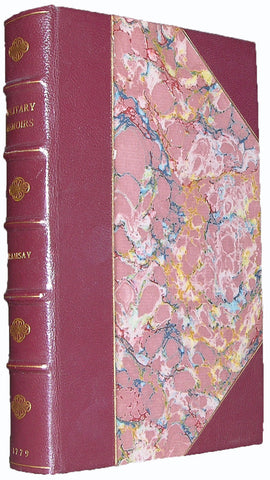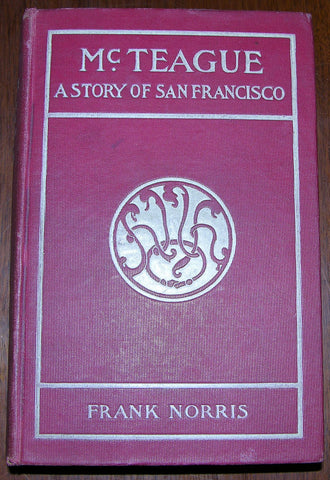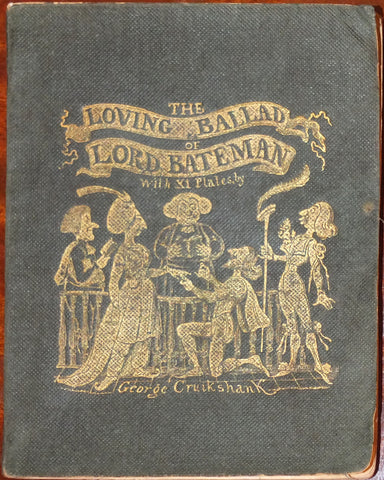Jean de la Fontaine (1621-1695) MOREAU, Jean-Michel, le Jeune (1741-1814), Seller Image More images Les amours de Psyché et de Cupidon, avec le poème d'Adonis . Edition ornée de figures dessinées par Moreau le jeune, et gravées sous sa direction.
Jean de la Fontaine (1621-1695) MOREAU, Jean-Michel, le Jeune (1741-1814)
Les amours de Psyché et de Cupidon, avec le poème d'Adonis . Edition ornée de figures dessinées par Moreau le jeune, et gravées sous sa direction.
Paris: Didot le jeune [for Saugrain], An III [1795]
Folio (13 4/8 x 9 6/8 inches). Half-title with imprint on verso. Fine engraved portrait of the author by Audoin after Hyacinthe Rigault in after letters and colored versions, 8 engraved plates by Moreau engraved by Dambrun, Simonet, Halbou, Duhamel, Petit, de Ghendt and Dupréel, in three states: 1) eau-forte before letters, 2) hand-colored (both of these trimmed to frame and mounted) and 3) after letters showing platemark, all with tissue guards (occasional marginal spotting or tiny rust marks, small ink thumbprint on verso of second plate). Contemporary green glazed calf, each cover decorated with a wide border of gilt fillets, the smooth spine in seven compartments with red morocco lettering-pieces and gilt-decorated inlays, dentelles, green silk doublures and endleaves, all edges gilt (edges and joints a bit rubbed, some tiny scrapes).
Provenance: with the engraved armorial bookplate of Mons[ieur] Raye de Breukeler-Waert of Amsterdam (?Joan Raye, heer van Breukelerwaert (1737-1823), owner of a vast cabinet of curiosities which included some of celebrated artist Francois Levaillant’s original ornithological specimens) on the verso of the first blank; with the engraved armorial bookplate of Baron de Bellet dated 1827 on the recto of the first blank and obscuring an earlier bookplate; from the library of Jacques Levy, his sale, Sotheby's, 20th April 2012, lot 194
A SUPERB LARGE-PAPER COPY with Moreau’s magnificent plates in three states. La Fontaine, best known for his Fables, has retold the ancient story of Cupid and Psyche against the backdrop of Versailles. It was his longest and most ambitious work. Moreau, le Jeune, was a wigmaker's son, and so “was attuned to fashion early on. Not surprisingly, then, his best-known works were illustrations for a costume book published in 1777 and 1783. ‘Monuments de costume physique et morale’ remains the most complete record of the taste and the manners of French nobility in Moreau's day. Moreau first studied with a painter and engraver, following him to St. Petersburg in 1758. When he returned to Paris in 1759, however, he virtually abandoned painting. Joining an engraver's workshop, Moreau made drawings for engravings after contemporary and Old Master artists. He also provided drawings for Diderot's ‘Encyclopédie’ and, as an engraver, collaborated with François Boucher and illustrated the writings of Voltaire and Jean-Jacques Rousseau. Publishers sought him out for his powers of observation and ability to capture nuances of gesture, pose, and light. Moreau was named Designer to the King in 1770 and Designer and Engraver to the King in 1781. He traveled to Italy in 1785 and joined the Académie Royale in 1789. Success continued during the French Revolution, and in 1814 Louis XVIII re-appointed him to a royal office” (J. Paul Getty Museum online).
We Also Recommend

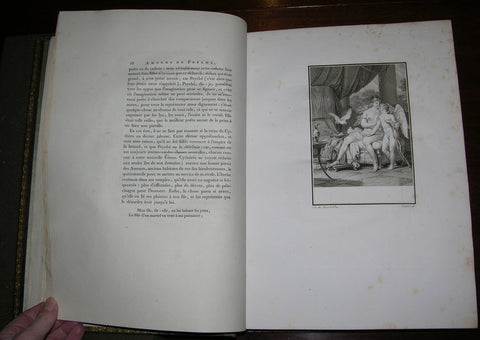
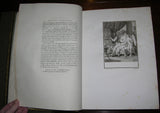

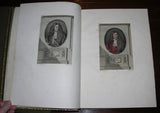
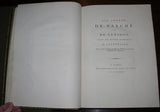


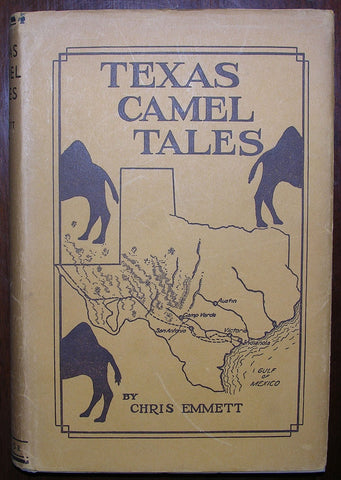
![Christopher Sauer/Sower II (1721-1784). Ein Einfaltiges Reim-Gedicht. [Probably Germantown: Gedruckt bey Leibert und Billmeyer, 1784]](http://aradergalleries.com/cdn/shop/products/DSCF4503_large.jpg?v=1544478572)
